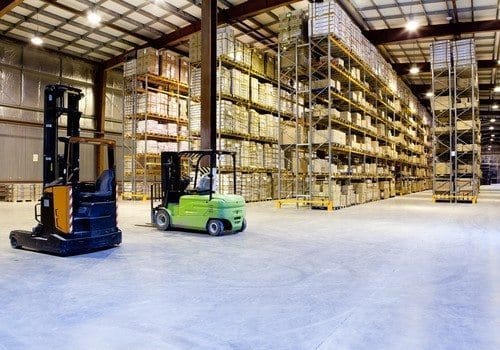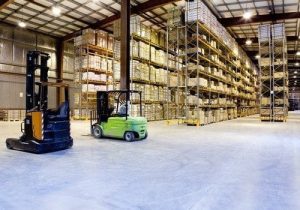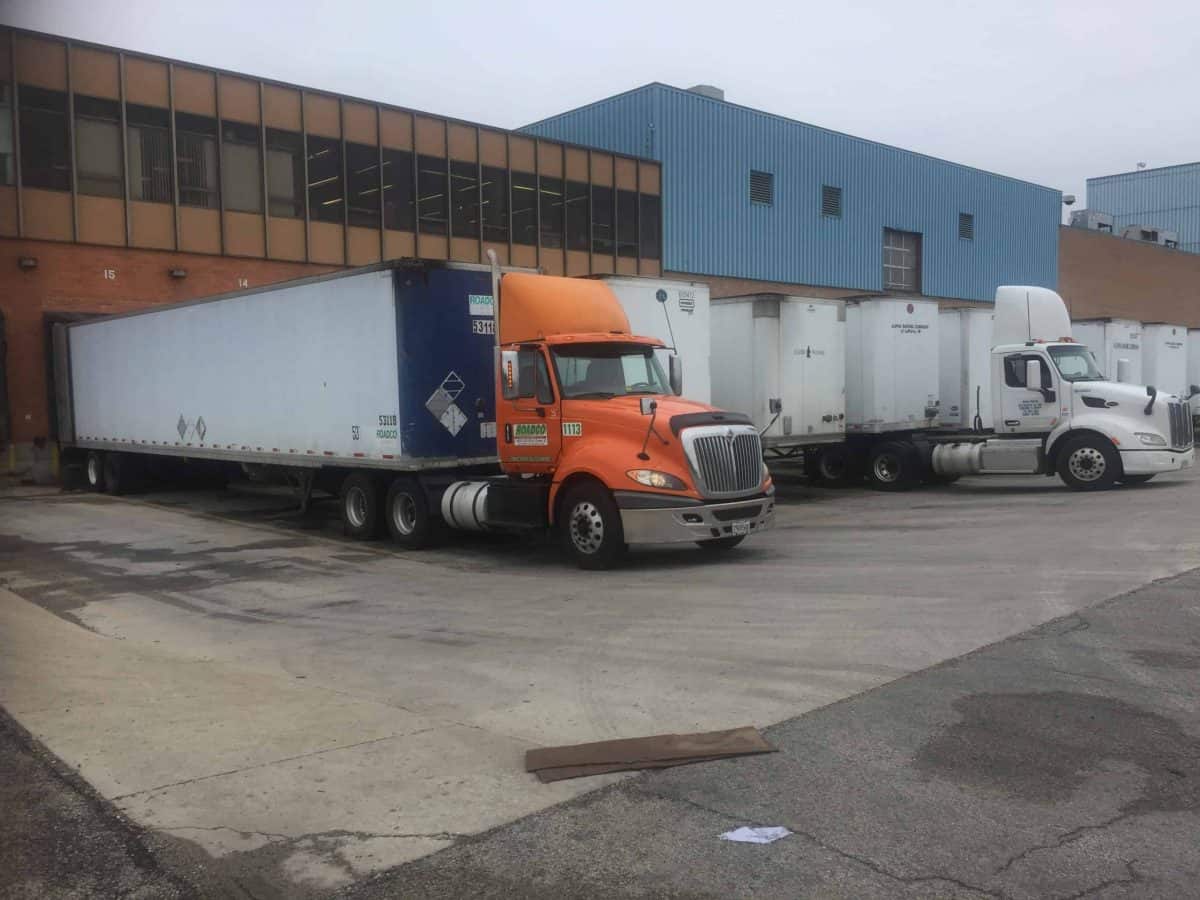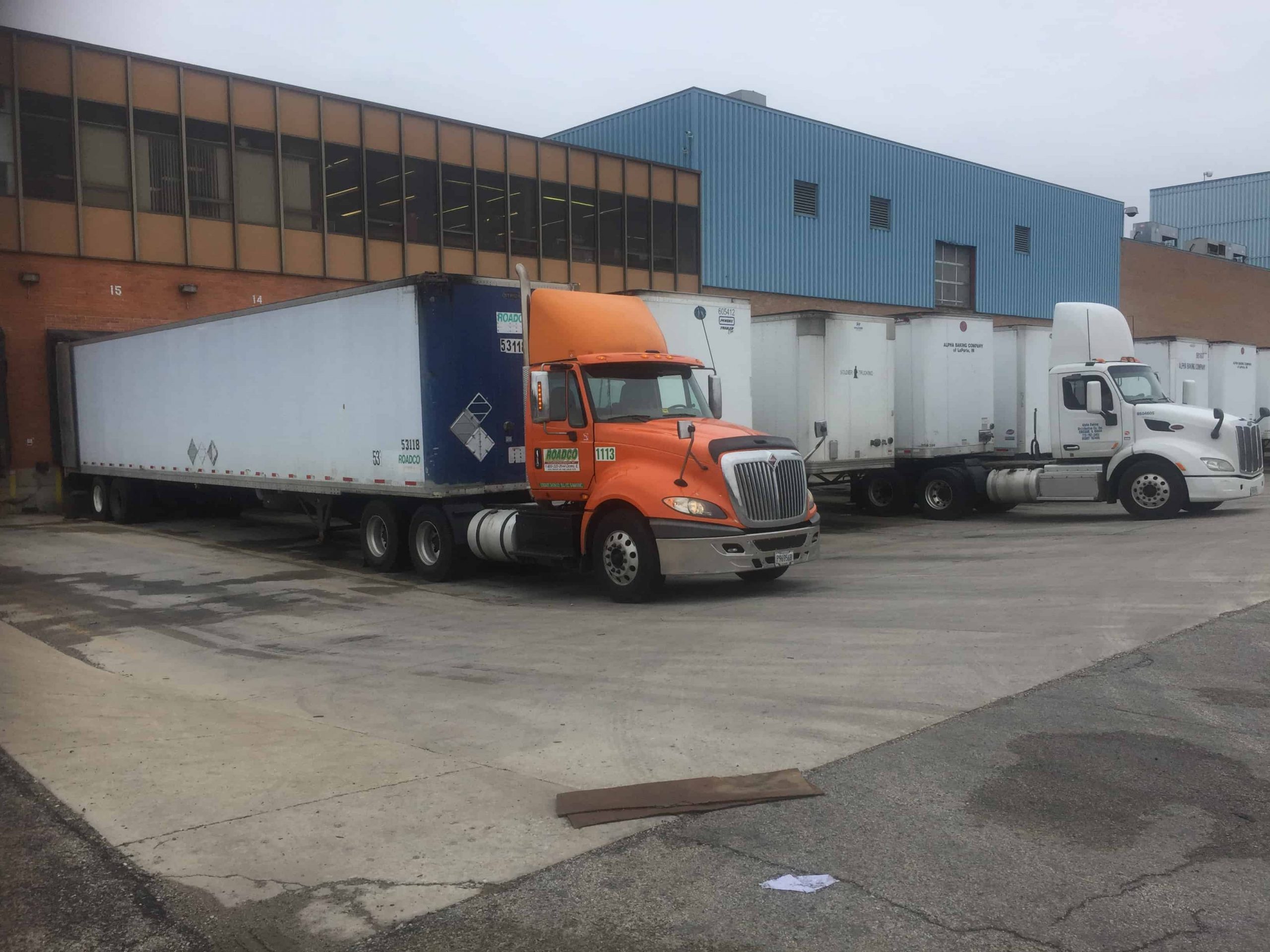
Warehouses are always in need of efficient equipment such as industrial tugs, but ever-evolving digital technology creates a flow of disruptions that affect small and mid-sized businesses (SMB). These disrupters have been particularly fast and furious over the last 20 years.
Here are some of the top SMB disruptors experts anticipate over the next year. Is your warehouse prepared for change?
Data Ethics
When it comes to data collection, technology has been a double-edged sword. Companies have unprecedented amounts of information at their fingertips, but customers fear excessive intrusions into their privacy. Create a formal and specific data usage policy and make sure it’s clearly communicated to customers.
Machine Learning
Machine learning is essentially an inversion of traditional computer programming. Instead of hard-coding logic into software, engineers define the results they’re looking for and the machine algorithm works backwards to determine its own logic. Most internal and customer-facing SMB software programs are expected to integrate machine learning by 2020.
Conversational User Interfaces
Conversational user interfaces such as chatbots have already revolutionized customer-facing functions, but they’re increasingly being used for internal processes as well. Examples include virtual employee onboarding and online knowledge management systems.
Blockchain
At this point, blockchain is associated primarily with cryptocurrencies such as bitcoin. The underlying technology, in which data transactions are linked and recorded on a public network, is being adapted for applications like ensuring product quality along every step in the supply chain.
Let Industrial Tugs from DJ Products Carry You into the Future
Our electric industrial tugs help maximize productivity in your warehouse, freeing you up to focus on implementing upgraded technology solutions. Visit our website and use our online chat feature for prompt assistance from our knowledgeable sales engineers.














